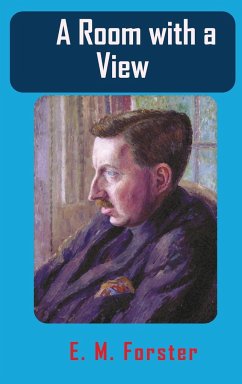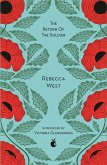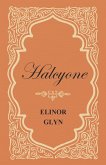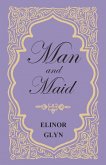The main themes of this novel include the empowerment of a young Edwardian girl, sensual awakening, the role of institutional religion, growing up and true love. It is written in the third person omniscient, though particular passages are often seen "through the eyes" of a specific character. A Room with a View is Forster's most romantic and optimistic book. He utilizes many of his trademark techniques, including contrasts between "dynamic" and "static" characters. "Dynamic" characters are those whose ideas and inner-self develop or change in the plot, whereas "static" characters remain constant. Published in 1908, the novel touches upon many issues surrounding society and politics in early 20th century Edwardian culture. Forster differentiates between conservative and radical thinking, illustrated in part by his contrasts between Medieval (Mr. Beebe, Miss Bartlett, Cecil Vyse) and Renaissance characters (Lucy, the Emersons). Lucy personifies the young and impressionable generation emerging during that era, during which women's suffrage would gain strong ground. Forster, manifesting his own hopes for society, ends the book with Lucy having chosen her own path-a free life with the man she loves. The novel could even be called a Bildungsroman, as it follows the development of the protagonist. Forster was President of the Cambridge Humanists from 1959 until his death and a member of the Advisory Council of the British Humanist Association from 1963 until his death. His views as a humanist are at the heart of his work, which often depicts the pursuit of personal connections in spite of the restrictions of contemporary society. Forster's two best-known works, A Passage to India and Howards End, explore the irreconcilability of class differences. A Room with a View also shows how questions of propriety and class can make human connection difficult. The novel is his most widely read and accessible work, remaining popular long after its original publication. His posthumous novel Maurice explores the possibility of class reconciliation as one facet of a homosexual relationship. Sexuality is another key theme in Forster's works. Some critics have argued that a general shift from heterosexual to homosexual love can be observed through the course of his writing career.








